A foam made of cellulose and chitin can remove up to 99.9% of microplastics from water and maintains efficiency after multiple cycles of use.
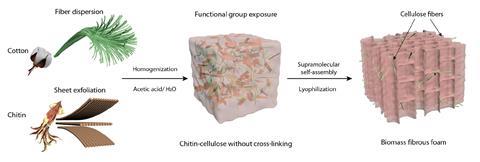
Microplastic pollution in terrestrial and aquatic environments is escalating at a significant rate and the development of universal approaches for remediation are urgently needed. To find a solution, the team of researchers, who were based in China, set out to design a sustainable and adaptable adsorbent material through supramolecular self-assembly of two of the most abundant polysaccharides in nature: chitin, derived from squid, and cellulose, from cotton.
The resulting biopolymer foam had a highly porous, interconnected structure, with a negatively and positively charged surface, and numerous active sites which, the researchers explained, assured ‘multilevel interactions for efficient microplastic removal’.
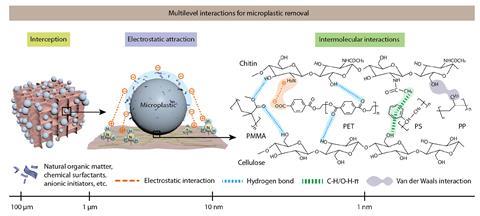
During initial testing they found that the material was able to efficiently adsorb tiny particles of polystyrene, polymethyl methacrylate, polypropylene and polyethylene terephthalate owing to multiple intermolecular interactions occurring between the foam and the plastics.
They then investigated whether the foam would perform well in samples of irrigation, lake and coastal water – containing a variety of toxic metals, chemical dyes and other pollutants – and found that the material removed microplastics with 98%–99.9% efficiency. Even after five cycles, the foam had a removal efficiency of between 95% and 98%.
They also found that it had enhanced adsorption performance when coexisting with bacteria and lead(II) in the water.
References
Y Wu et al, Sci. Adv., 2024, 10, eadn8662 (DOI: 10.1126/sciadv.adn8662)




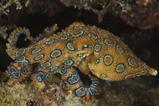


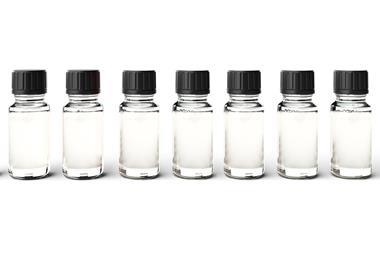
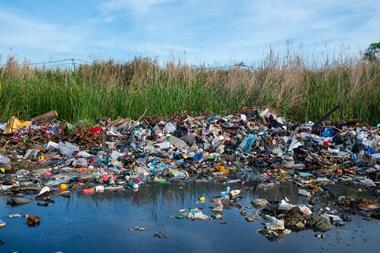
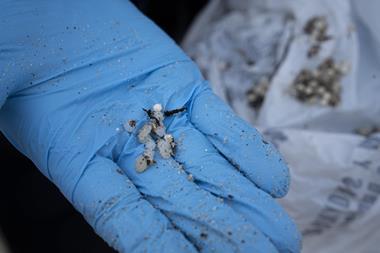
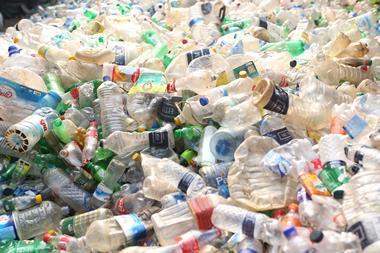






No comments yet